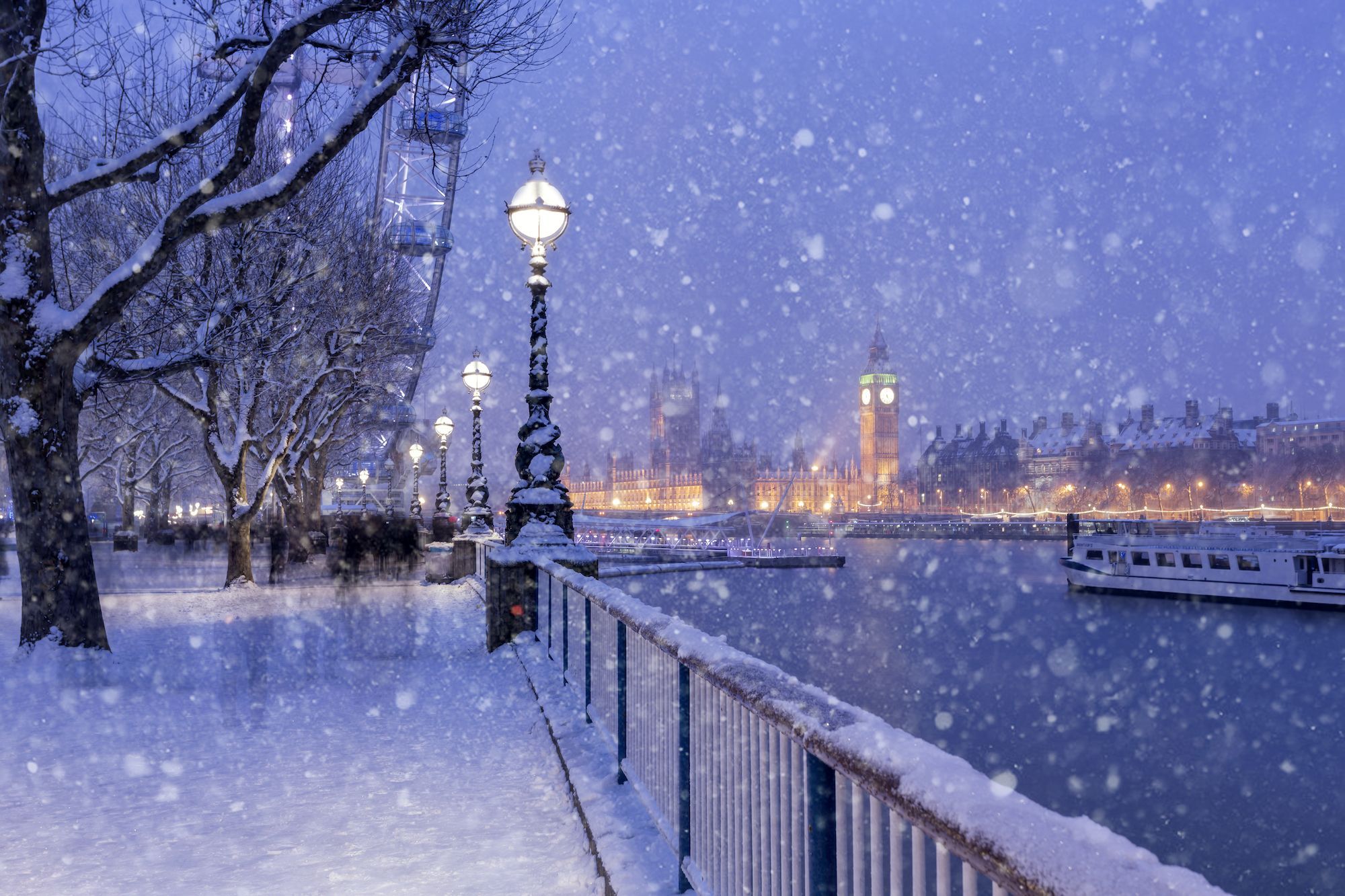When Water Falls Back to Earth as Rain Sleet or Snow
Precipitation
Precipitation
Precipitation is any liquid or frozen water that forms in the atmosphere and falls to the Earth. It is one of the three main steps of the global water cycle.
Subjects
Earth Science, Meteorology, Geography
Precipitation is any liquid or frozen water that forms in the atmosphere and falls back to the Earth. It comes in many forms, like rain, sleet, and snow. Along with evaporation and condensation, precipitation is one of the three major parts of the global water cycle. Precipitation forms in the clouds when water vapor condenses into bigger and bigger droplets of water. When the drops are heavy enough, they fall to the Earth. If a cloud is colder, like it would be at higher altitudes, the water droplets may freeze to form ice. These ice crystals then fall to the Earth as snow, hail, or rain, depending on the temperature within the cloud and at the Earth's surface. Most rain actually begins as snow high in the clouds. As the snowflakes fall through warmer air, they become raindrops. Particles of dust or smoke in the atmosphere are essential for precipitation. These particles, called "condensation nuclei," provide a surface for water vapor to condense upon. This helps water droplets gather together and become large enough to fall to the Earth. A common misconception is that when raindrops fall, they have a teardrop shape. In fact, smaller raindrops (ones that are approximately 1 millimeter (0.039 inches) across) are almost perfectly spherical. Larger raindrops (2–3 millimeters (.078-.118 inches) across) are also round, but with a small indent on their bottom side. They look more like kidney beans when falling to the Earth. Very large rain drops (larger than 4.5 millimeters (.177 inches)) have a huge indent and look more like a parachute. These extra-large drops usually end up splitting into two smaller droplets. The indents on raindrops are caused by air resistance. Precipitation is always fresh water, even when the water originated from the ocean. This is because sea salt does not evaporate with water. However, in some cases, pollutants in the atmosphere can contaminate water droplets before they fall to the Earth. The precipitation that results from this is called acid rain. Acid rain does not harm humans directly, but it can make lakes and streams more acidic. This harms aquatic ecosystems because plants and animals often cannot adapt to the acidity.

Snow falls heavily and collects on the floor of Jubilee Gardens, London.
Photograph by _ultraforma_
acid rain
Noun
precipitation with high levels of nitric and sulfuric acids. Acid rain can be manmade or occur naturally.
aquatic
Adjective
having to do with water.
Noun
layers of gases surrounding a planet or other celestial body.
Noun
process by which water vapor becomes liquid.
condensation nucleus
Noun
particle floating in the atmosphere, such as dust or smoke, that water vapor condenses upon to form clouds and precipitation.
Noun
community and interactions of living and nonliving things in an area.
Noun
process by which liquid water becomes water vapor.
pollutant
Noun
chemical or other substance that harms a natural resource.
Noun
all forms in which water falls to Earth from the atmosphere.
Noun
movement of water between atmosphere, land, and ocean.
water vapor
Noun
molecules of liquid water suspended in the air.
When Water Falls Back to Earth as Rain Sleet or Snow
Source: https://www.nationalgeographic.org/encyclopedia/precipitation/


0 Response to "When Water Falls Back to Earth as Rain Sleet or Snow"
Post a Comment